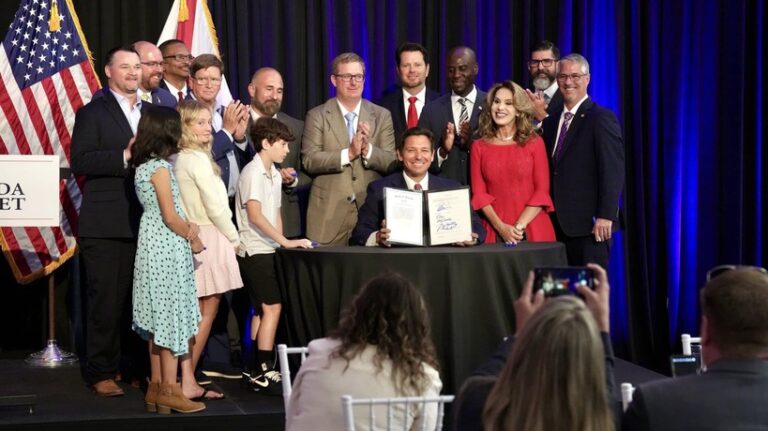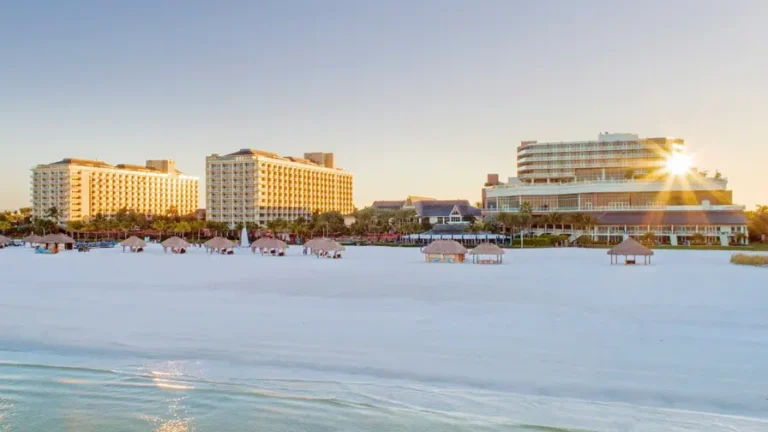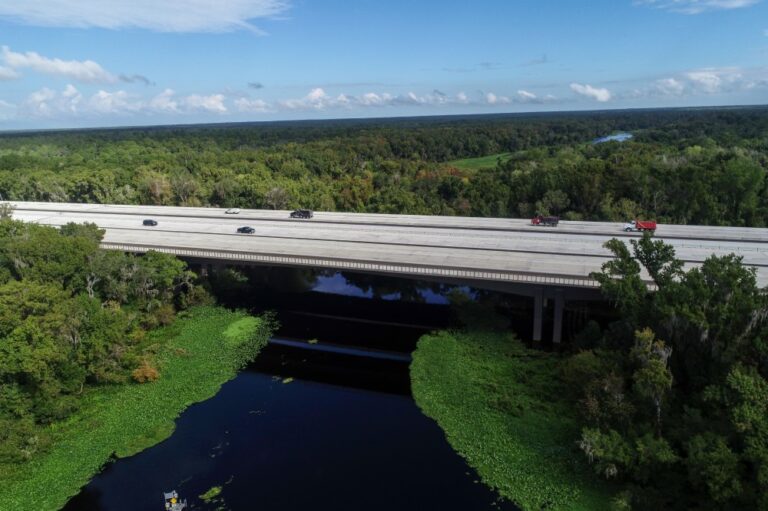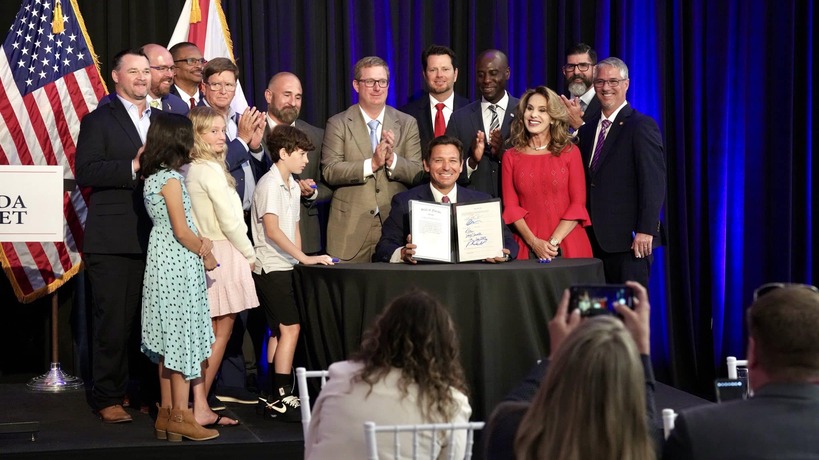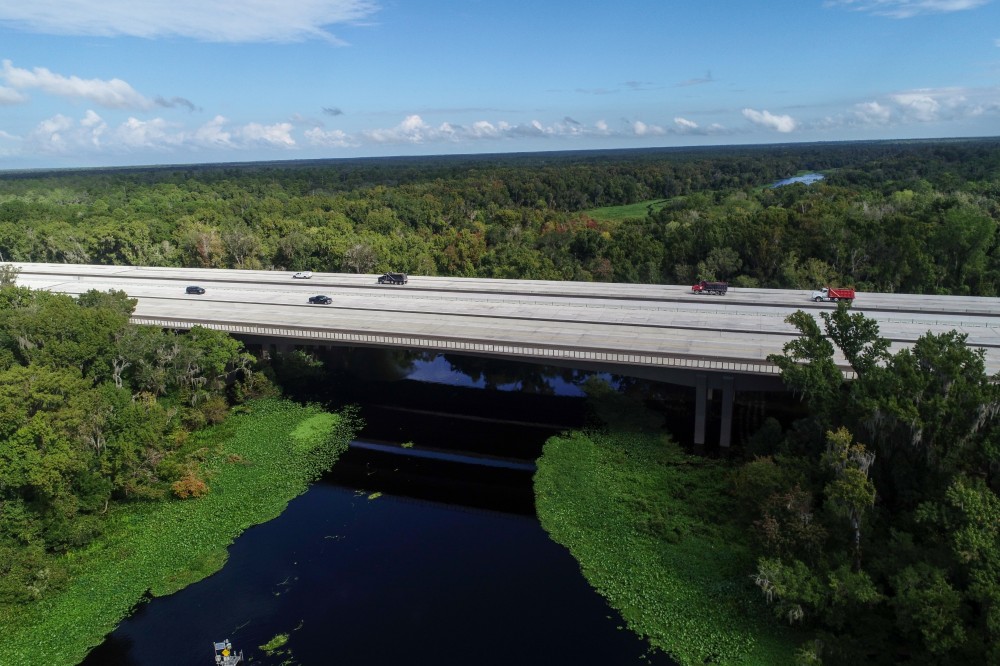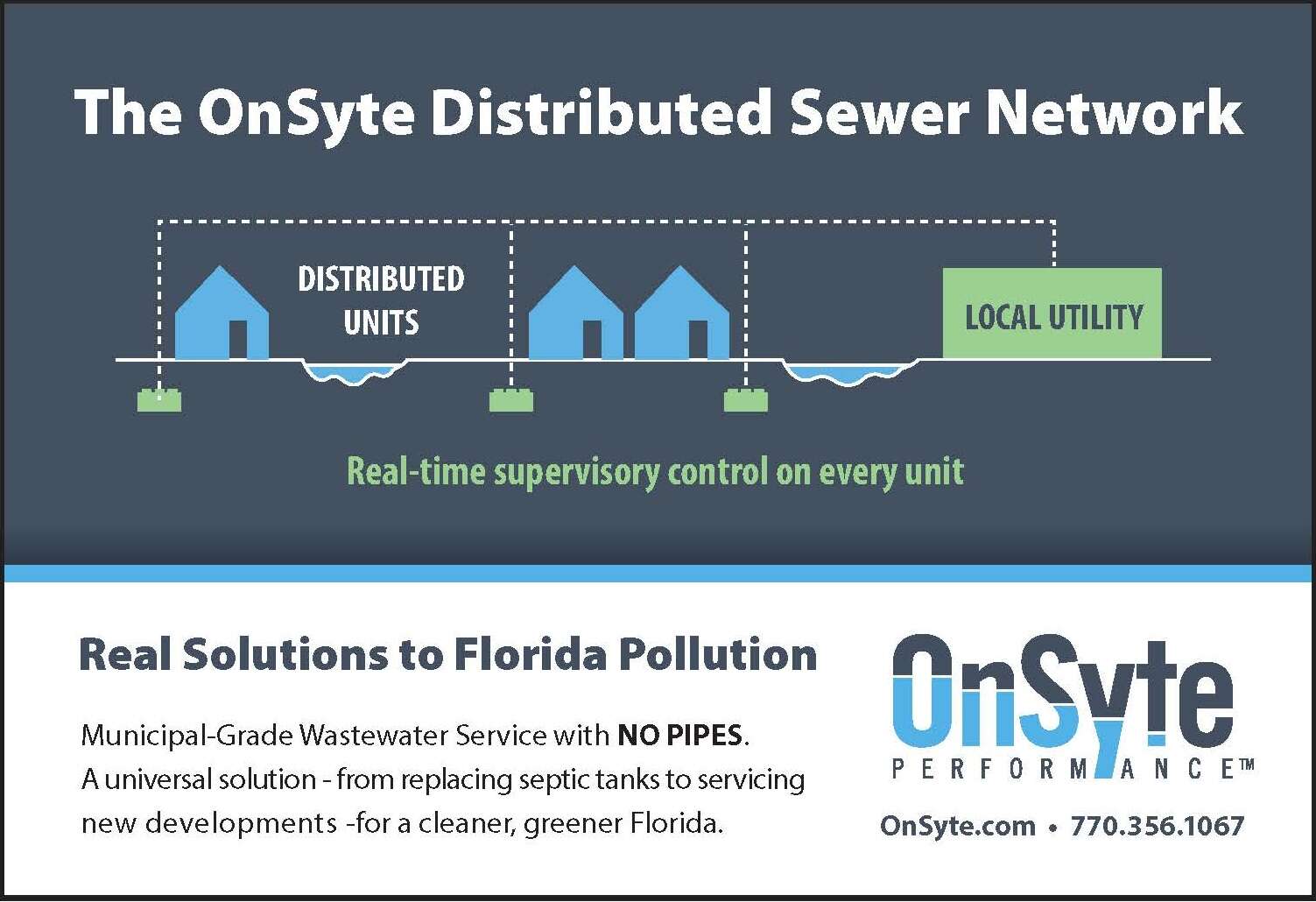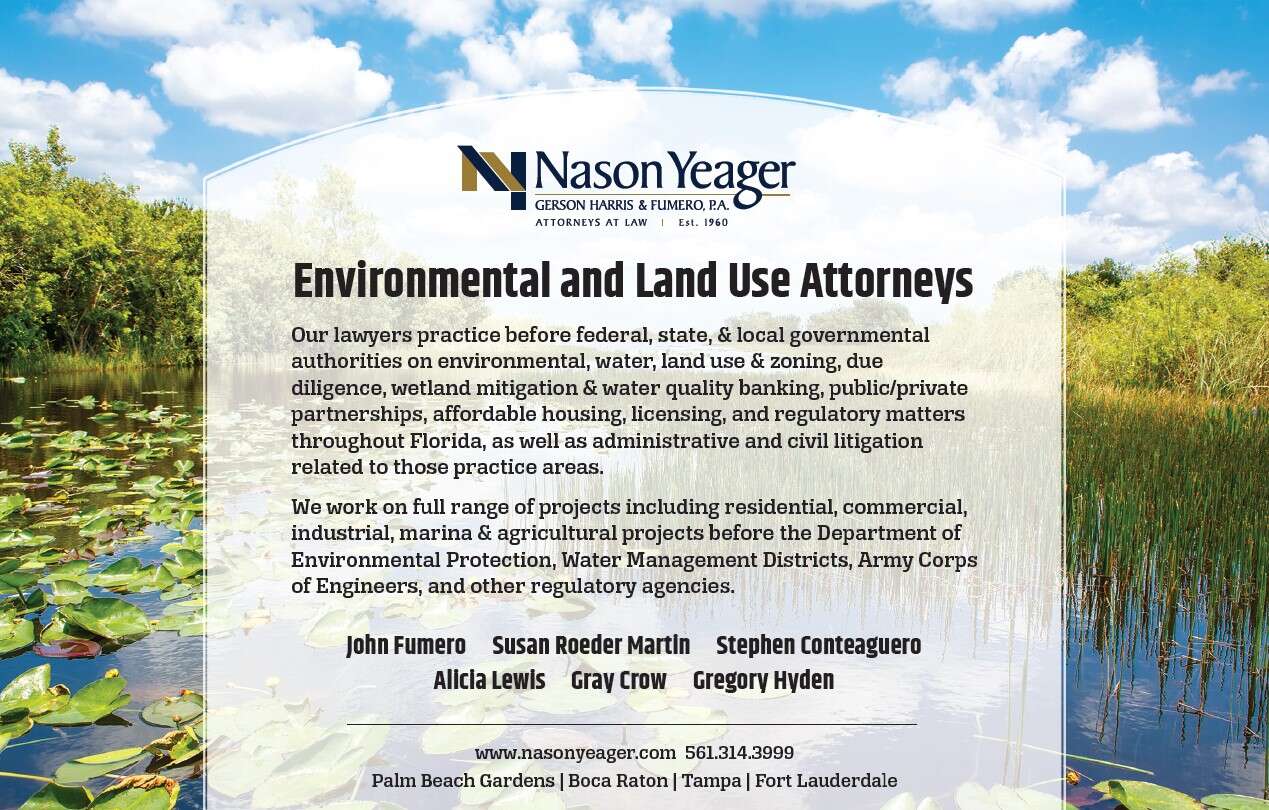By CRISSY MEHLE
Our streams and creeks are becoming unhealthy. It’s happening when these natural systems become pinched between commercial, residential, and industrial development, resulting in “urban stream syndrome,” a consistent ecological degradation of streams that drain urban land. Change in land use from a natural to a built environment is the biggest driver for overloading these systems, while changes in rainfall are also to blame. Today’s storms are more intense and deliver more water than ever and severe flooding is overwhelming city street- and sidewalk-drainage.
Changes in timing and the volume of stormwater runoff from impervious surfaces can also cause streams and creeks to overflow. Streams resemble raging rivers, exposing an area to runoff containing sediment, nutrients, oils and other chemicals and even causing physical changes to the stream and channelization.
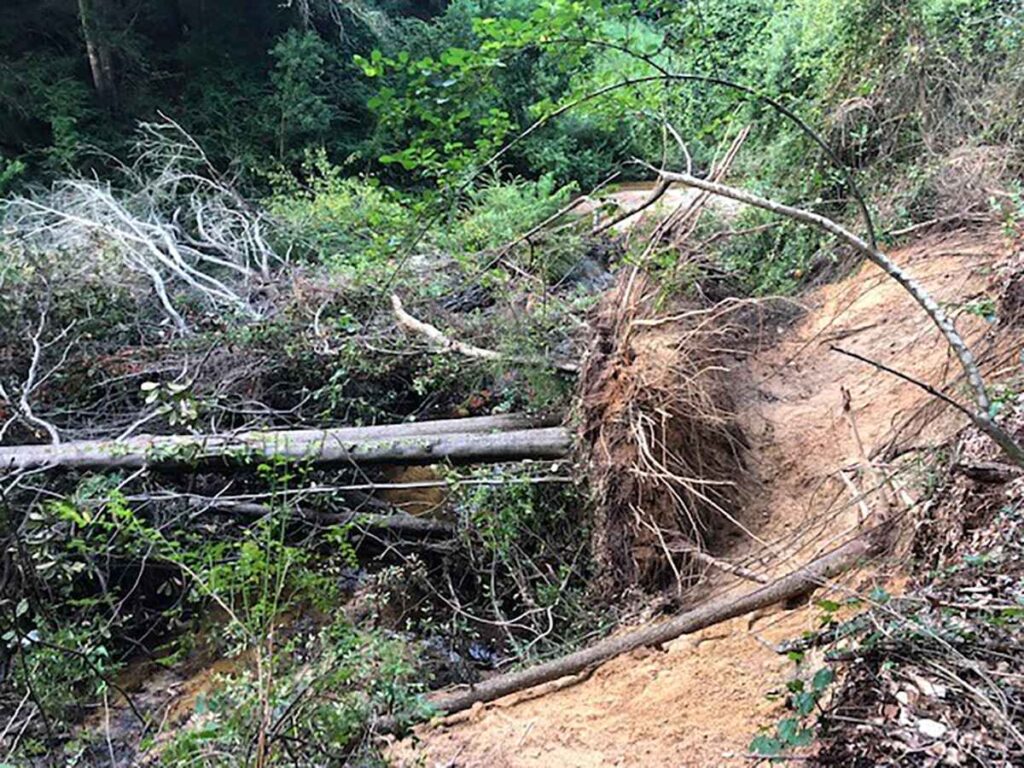
With thousands of miles of streams flowing through cities, towns and neighborhoods throughout Florida, urban stream syndrome is a growing issue. There are several ways local agencies and communities can help mitigate urban stream syndrome, bring streams back to life, and plan for the future.
Conservation: Strategic planning to balance environmental protection and land development is crucial to addressing urban stream syndrome. This can range from whole watershed protection to undeveloped land acquisition and preservation. For example, managing surrounding properties, including identifying, acquiring and conserving undeveloped parcels ensures that important streams and their natural hydrology are afforded protection from future damage.
Local Ordinances: Vital to the natural environment, there are ways to protect and rejuvenate urban streams in conjunction with local government regulations. Reviewing and updating city and county ordinances, to ensure protectional provisions are included, is a good place to start. Simple things, like mandating an appropriate riparian buffer during development; and encouraging low-impact design elements (such as bioswales, permeable pavement and rain gardens) during design, are key to stopping further degradation of urban waterways. When streams cross multiple jurisdictions, agency coordination is imperative.
Planning and Design: According to the U.S. Environmental Protection Agency, watershed management approaches are evolving across the country. Just some of the advantages to watershed management planning include reducing pollution, recharging the groundwater table, protecting the biodiversity of a region and reducing flood risk while increasing flood resiliency. In Escambia County, the Carpenter Creek and Bayou Texar Watersheds Management Plan provided restoration recommendations for 19-square miles of combined watershed area in and around Pensacola. Through funding from a RESTORE grant, key goals included improving water quality, water quantity and wildlife habitat, while providing resiliency and community access.
Education: Transparency and awareness, as well as on-going communication are important to combating urban stream syndrome. Actively educating residents and businesses on steps to prevent stream degradation helps foster a sense of community ownership and strengthens positive outcomes of green infrastructure projects. The McCoys Creek project in Jacksonville started as a flood mitigation project but expanded into a community asset. Recreational amenities, including lagoons, parks, trails and habitat restoration as well as green and natural stormwater solutions were included in the design.
“A stream restoration project is designed to be a sustainable system that’s going to adapt to the future,” said Justin Lennon, senior vice president and hydraulic structures and flood control national lead, technical fellow, WSP. “So not only will we rebuild a stream to work with the present day, but we’re also constructing it to adapt and be a great asset for the community in the future.”
With an actively engaged community everyone can help be part of improvements no matter how small – even awareness about where to place a dumpster in a business parking lot can help.
Implementation: Low-impact design (LID) and green infrastructure works with nature and not against it. Stream restoration looks different for each system and must be tailored to create a stable, resilient system. Natural channel design mimics a naturally balanced and healthy stream. In urban settings, the idea is to design and build a functional stream channel by establishing a stable dimension, pattern, and profile, so over time, the channel neither aggrades nor degrades. Many different design methods are implemented from hardened grade control and diversion structures to bio-engineered streambank slope stabilization.
Restoring a more natural function improves localized and downstream flooding, reduces erosion, enhances a riparian buffer and its floodplain, filters nutrients improving water quality, strengthens ecological systems and wildlife corridors and promotes recreational opportunities.
In many communities, the first step to implementation is developing a solid plan including a stream condition index. Plans vary and overlap. Benefits may include ordinance reviews and watershed management, resiliency and land development plans, which help pave the way for clear identification and prioritization of implementation areas and projects. Alligator Creek and Phillippi Creek Stream Restoration projects in Sarasota County, are examples of plan-identified projects that are moving forward. Alligator Creek restoration is a smaller segment funded for full design. For Phillippi Creek, approximately 24 miles of stream are being evaluated for restoration, identification and prioritization into a phased approach for design and construction as funding becomes available.
Water Stewardship Can Start Today: Stream restoration often is overlooked as a vital part of planning for a sustainable system for water quality and flood control. State and Federal grant opportunities are available for counties, cities and towns to support green infrastructure and urban stream restoration and prevention projects. Embracing LID and green infrastructure, bank stabilization and floodplain restoration will help bring back that natural environment while enhancing water quality and flood control measures.
Crissy Mehle is Vice President and Florida Water Lead at WSP.


